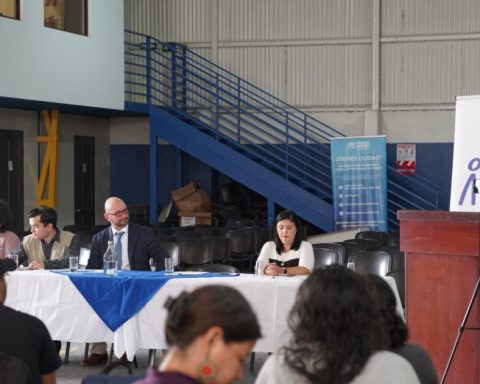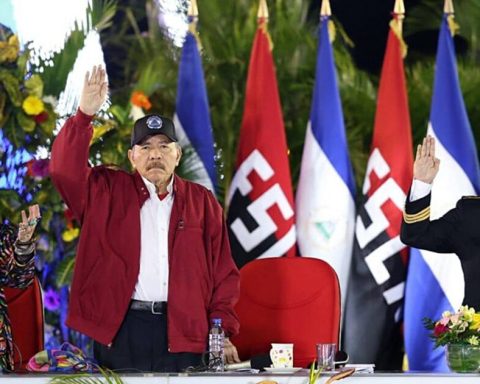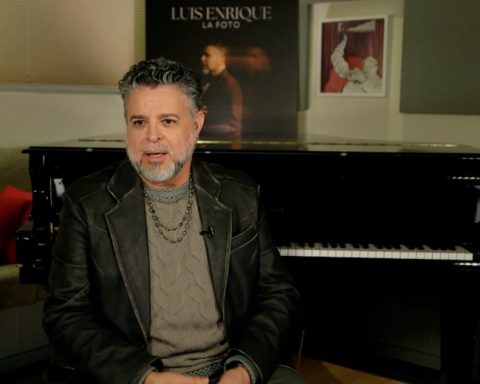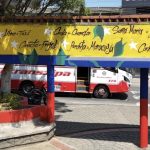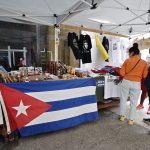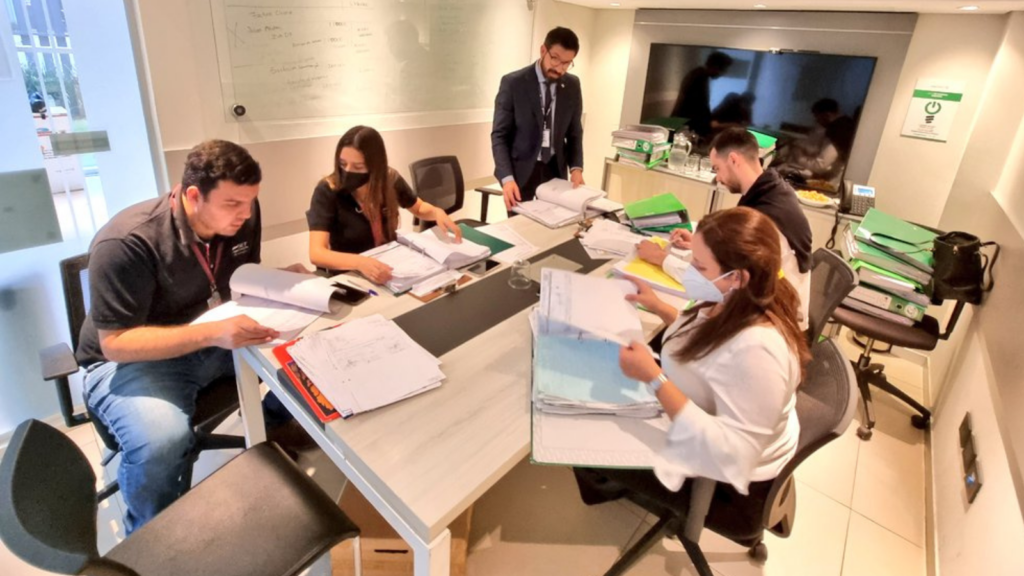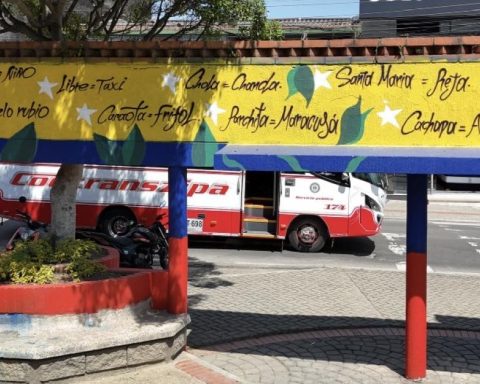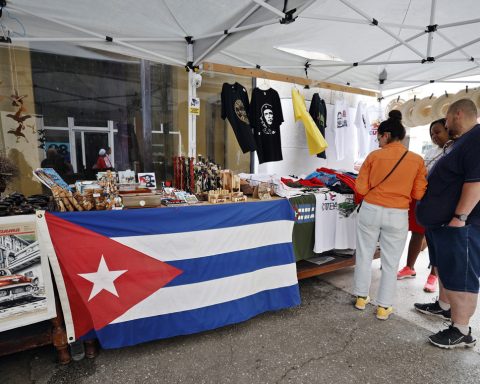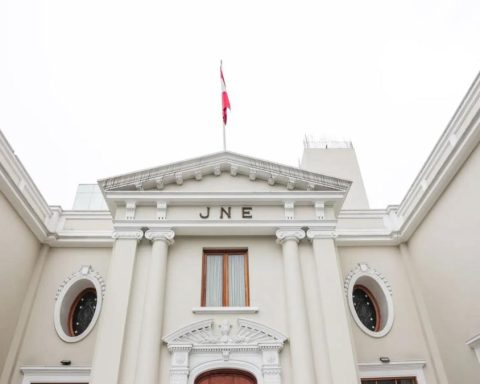In the last four years -until May 2022- there have been 190 cases of aggression against the Catholic Church in Nicaragua, according to the study Nicaragua: a persecuted church?which systematizes the different types of attacks that the religious institution has suffered since 2018, when they opened their temples to protect citizens from government repression and denounced the massacre that left 355 murdered in the context of civic protests, according to the Inter-American Commission of Human Rights (IACHR).
In the report prepared by the lawyer Martha Patricia Molina, a member of the Pro Transparency and Anticorruption Observatory, the attacks were classified into seven categories: graffiti on the walls and anonymous messages in Catholic temples; aggressions, threats and exiles to priests, bishops and lay Catholics; obstacles to Non-Profit Organizations (NPOs) of the Catholic Church; aggressive messages against priests and religious by President Daniel Ortega and Vice President Rosario Murillo; temple desecrations; theft and others.
Aggressions against priests, bishops and nuns represent 37% of hostilities against the Catholic Church, followed by desecration of temples, which comprise 19% of the events systematized through journalistic publications based on complaints made by priests or authorities of the Dioceses, explained the researcher Molina.
Molina clarifies in the text that it cannot be affirmed that all the attacks compiled in the study were planned and executed by followers of Daniel Ortega and Rosario Murillo, but neither can it be ruled out, mainly because “the offensive and threatening language of the presidential couple against the Catholic hierarchy became more and more evident and frequent; and the actions of some public institutions against the charitable work of the Church increased”.
The crusade of the Ortega regime against the Catholic Church has been rising in tone since 2018. Ortega and Murillo himself have described the bishops as “terrorists”, “coup plotters” “sons of the devil” and from their propaganda machinery, they have designed defamatory campaigns against priests acclaimed by the people for their prophetic voice, such as the auxiliary bishop of Managua, Silvio Báez, exiled since 2019, for his own safety.
“What we are observing after 2018 is that everything that is being done is viciously, with hatred, in order to destroy everything that means religiosity or Catholicism in the country, and why they do it, for the simple and simple reason, that the bishops and priests have decided to open the temples of their parishes to house all those people who have been in one way or another affected by the current regime, “explains Molina.
2019: the worst year for the Church
The year with the highest record of aggressions was 2019, with 48% of cases, followed by 2018 with 46%; 2020 with 40% and 2021 with 35%. However, Molina does not rule out that 2022 could exceed the number of attacks that occurred last year.
In 2019, the Police besieged the San Miguel church for more than a week with the parish priest Edwing Román and mothers of political prisoners inside, without access to food and under threats. That same year, Ortega fanatics tried to desecrate the San Juan Bautista temple in Masaya, while the priest Harving Padilla was celebrating mass. The parishioners were in charge of fighting against the horde of orteguistas and secured the doors of the church with the pews while they lived through moments of terror.
The study also revealed that the Archdiocese of Managua, which includes, in addition to the capital, Masaya and Carazo, was the most attacked, followed by the Diocese of Matagalpa and Estelí, and to a lesser extent, the Diocese of León.
Among the most attacked figures are the auxiliary bishop of Managua, Monsignor Silvio Báez; Monsignor Rolando José Álvarez, bishop of the Diocese of Matagalpa and apostolic administrator of the Diocese of Estelí; Monsignor Juan Abelardo Mata, who until 2021 was in charge of the diocese of Estelí and the priest Vicente Martínez, parish priest of the Santa Lucía church in Ciudad Darío, Matagalpa.
Molina points out that the level of hostility against priests and bishops that is currently occurring has not been seen before, and does not rule out that the escalation will continue.

The threat of jail
The arrest of the priest Manuel Salvador García was the latest act of persecution against the Church in recent weeks, which had previously forced Monsignor Álvarez to take shelter in a Managua temple, where he was surrounded for three days by police checkpoints. While in Masaya, Father Harvey Padilla He remained under “parish for prison” due to the police device installed around the San Juan Bautista church. Both priests were evacuated from the churches with the support of other religious.
The case of Father García became known through media related to the Government that began a defamatory campaign. A woman identified as Martha Candelaria Rivas Hernández, a 44-year-old resident of Diriá, Granada, accused -without evidence- the priest of beating her on the night of May 30.
“We have been saying it since the moment that document was signed in the National Assembly, a few weeks ago, that it was the prelude to judge and prosecute priests and bishops,” warns Molina.
The researcher refers to a report approved by the Ortega deputies that opens the door to the criminalization of priests, for which she warns that cases like that of the priest García could be repeated. Molina highlights that after 2018, “all kinds of respect” and “consideration” for priests and citizens were lost.


